Pinhole Photography Creating your Own Camera (Spanish, Multisub)
Release date:2022
Author:Fotolateras
Skill level:Beginner
Language:Spanish
Exercise files:Not Provided
Create your own camera with a can and learn to take, convert to positive and develop unique images
Being able to participate in the whole photographic process is something magical and more accessible than you can imagine: from the creation of your own camera, to the capture of the moment you want to photograph, and the printing on the paper you choose … Photographers Lola Barcia and Marinela Forcadell, better known as Fotolateras, are dedicated to capturing the world from their own pinhole cameras made from simple cans. In addition, they give workshops so that other people can also create their projects.
In this course, Fotolateras will teach you to build your own camera from a metal can. You will cook your first photo, you will reveal it and positive it, experiencing the whole process in a simple and fun way.
What will you learn in this online course?
You will start the course knowing more about the Photolateras. You will see how they started in pinhole photography, what led them to travel around the world and you will see what their artistic influences are.
They will explain what you will learn during the course and what is the final project, for which you must choose a subject and take a series of photographs based on it.
You will make an introduction to the fundamentals of photography, understanding how an image is formed inside a camera, before you start creating yours. Then, you will choose the ideal can to create your “camera”, seeing how its size and shape influence the type of lens.
Next, you will review all the necessary materials both to build the camera and to create your laboratory at home.
When you have everything you will build the pinhole camera. The teachers will teach you to prepare and paint the can, to create the hole of the pinhole with the correct caliber, and to make a seal and the shutter.
You will discover how to load the paper in your can (under the red light of the laboratory), before taking your first photo outside. Then, you will learn to make the photo by choosing the exposure time and framing, to cook your canned photo.
The time has come to reveal! You will prepare the developer, stop and fixative liquids with the appropriate proportions, and the magic will begin: you will reveal your first photolate. The teachers will clarify the times of the process.
Finally, you will learn to positiveize your photo by contact, with two crystals. On the other hand, Lola and Marinela will teach you to test with a free app so you can share your photo immediately on social networks.
What is this course’s project?
You will build your own pinhole camera, check that it works correctly and learn how to use it to “can” your city.
Who is this online course for?
To all those people of any age and collective, who are interested in learning a didactic content between art and science, crafts and artistic creation: from the construction of a camera, to the development of your images.
Requirements and materials
I don’t know they need previous knowledge, this course will offer you all the basic knowledge.
As for the materials, you will need: a metal can, a black spray , black and metallic adhesive tape, scissors, adhesive paste, a drill and metal bits, a 0.4 mm needle, a red light , three cuvettes, tweezers, photosensitive photo paper, developing liquids, a measuring cup for liquids, two glasses and a smartphone .



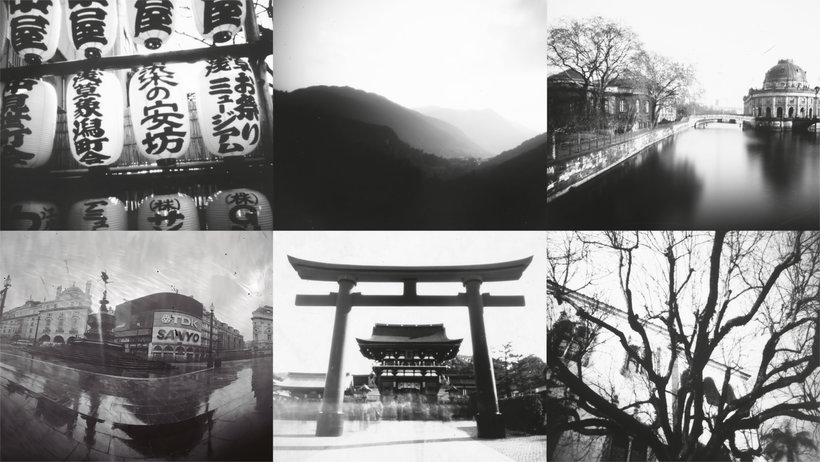

 Channel
Channel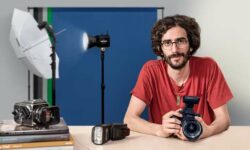
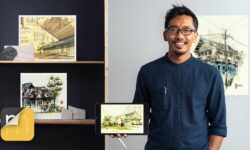
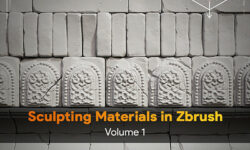
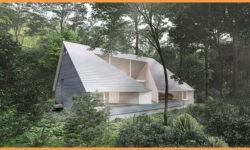
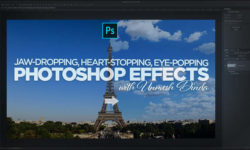
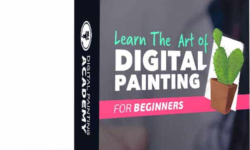

can you add more of coloso courses?